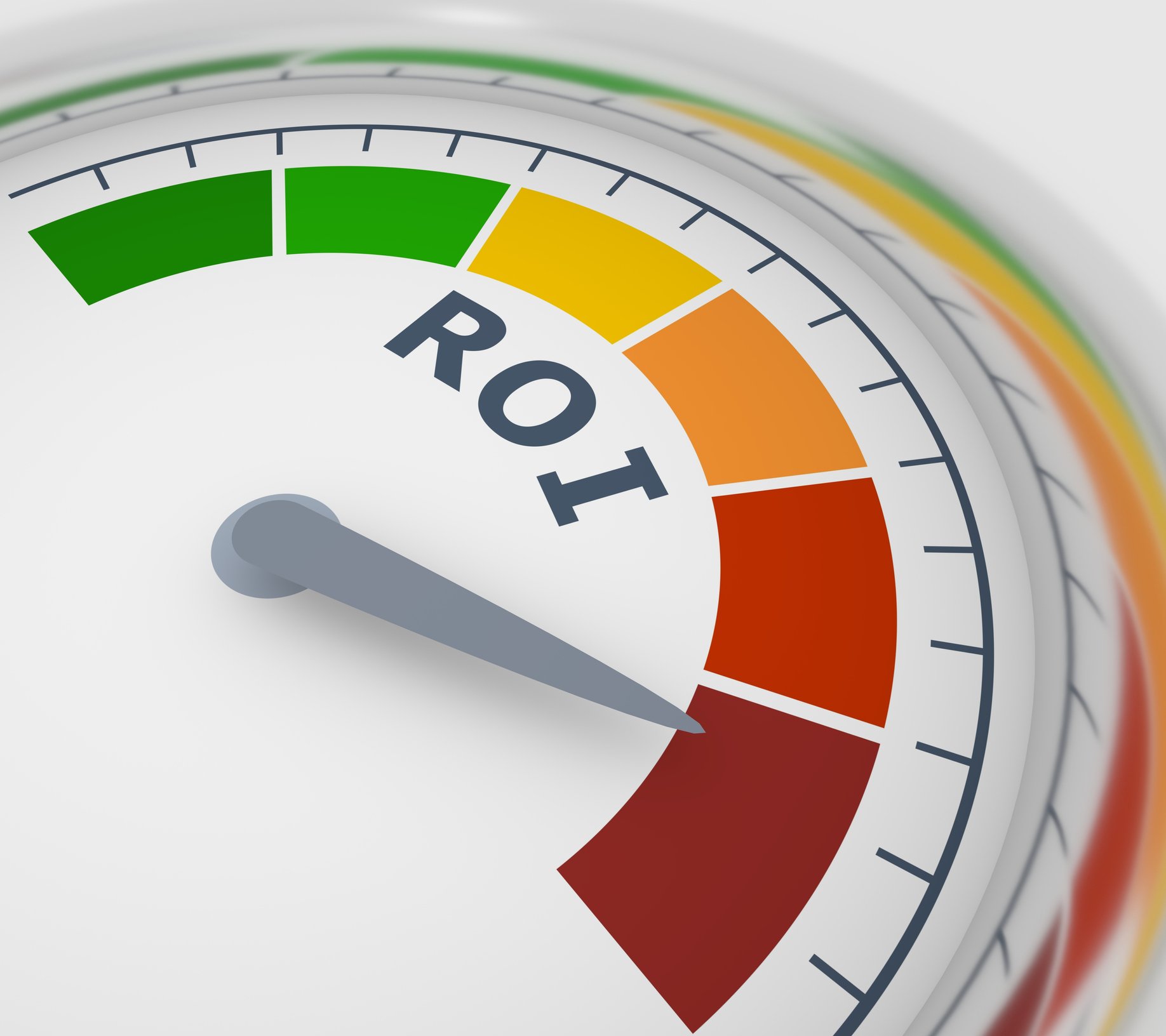 Digital marketing efforts can bring positive ROI, but the key to a successful campaign is to know how to measure it. Unfortunately, many marketers have trouble connecting digital metrics to ROI through measurement. One of the reasons it can be challenging to measure ROI is that companies don't often take the time to establish clear goals at the start of their campaigns. Another source of confusion comes from misunderstanding digital marketing ROI as a concept.
Digital marketing efforts can bring positive ROI, but the key to a successful campaign is to know how to measure it. Unfortunately, many marketers have trouble connecting digital metrics to ROI through measurement. One of the reasons it can be challenging to measure ROI is that companies don't often take the time to establish clear goals at the start of their campaigns. Another source of confusion comes from misunderstanding digital marketing ROI as a concept.
If you can effectively understand and measure digital marketing ROI for your campaigns, you can gauge the results of your efforts and optimize them to increase your total ROI.
What is Digital Marketing ROI?
Digital marketing entails the use of all marketing efforts that use an electronic device or the internet to increase brand awareness and attract customers to your business. With the prevalence of mobile devices and social media, the possibilities are endless when it comes to creative ways to reach your potential customers.
Return on investment (ROI) refers to the ratio between net profit and cost of investment. For example, if a $100 investment results in $150 in revenue, the ROI is 50%. ROI may also be negative if the revenue generated from an investment is less than the investment itself. If a $100 investment results in $50 of revenue, the ROI is -50%.
Simply put, digital marketing ROI refers to the profits earned from your digital marketing efforts. Digital ROI is ultimately expressed as revenue, and this Holy Grail of metrics can be proven through various methods.
How Do You Measure ROI?
The first step you should take to help you determine how to measure your ROI is to identify campaign goals. If you don't know what you want to achieve, you won't know how to find out if you've achieved it.
Whether you want to increase traffic for a webpage, improve conversion rates, or improve customer retention, the goal you choose will dictate what metrics you should track.
Some of the more common metrics include:
- Conversion rate —The number of conversions based on your goals, such as the number of sales, subscribers, downloads, and leads.
- Cost per lead — An advertising pricing model in which marketers pay a certain amount for each sign-up converting prospects to leads.
- Lead close rate — A key metric when measuring the efficiency of sales based on how many leads become customers.
- Cost per acquisition — Measures the total cost of acquiring one paying customer via a certain channel or campaign.
- Average order value — The average dollar amount that customers spend with every order placement.
- Customer lifetime value — A prediction of the total dollar amount that a customer is worth based on a long-term relationship beyond the first sale.
The specific metrics that you use to measure ROI will depend on your goals aligned /with the marketing tactics used to achieve them. Some of those marketing tactics and their respective metrics could include:
- Email — Open rate, click-through rate, bounce rate, unsubscribe rate, conversions, and leads acquired.
- Social Media — Reach, Engagements, clicks & click-through rate, conversions, leads, and new fans or followers.
- Landing Pages — Traffic, unique visitors, total page views, time spent on page, and conversions.
- Blogs — Views, subscriptions, time spent on page, unique visitors, returning visitors, and downloads.
How Do You Improve ROI?
If you want to improve ROI through digital marketing, identifying your goals early on is crucial. Without a good understanding of what you want to achieve with your efforts, you'll go in blind and ultimately be without direction on the most relevant metrics to measure.
It's also important to set SMART goals that are:
- Specific
- Measurable
- Achievable
- Realistic
- Timely
Setting SMART goals will help you succeed at improving your ROI over time. You'll also know what to look at when examining data, so measurements are aligned with your goals.
In addition to setting strong goals for your campaigns, you also need a good understanding of your audience to know how to market to them. Some best practices for targeting your ideal audience include:
- Analyzing your audience's demographics, online buying behavior, brand loyalty, and purchase history.
- Determining which media and platforms they use most often and where your ads would reach them.
- A/B testing audiences in different geographic areas to identify the most lucrative market.
- Creating and pushing content that your audience wants at various stages of the buyer's journey.
Measure ROI Effectively and Grow Your Business
If you want to optimize your digital marketing campaigns, you need to know how to measure ROI using the right metrics. The best way to implement effective measuring is to identify your goals first, then determine which marketing tactics and corresponding metrics are relevant to your goals.
Once you know which digital marketing metrics are relevant, you can optimize your campaigns for success and generate a positive digital marketing ROI in the process.




